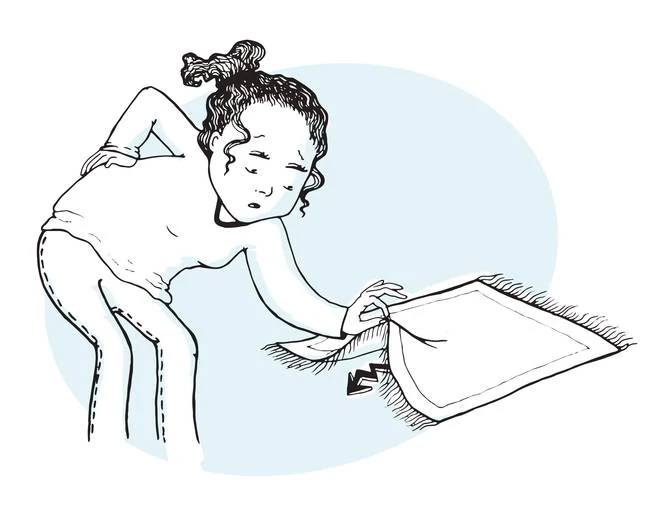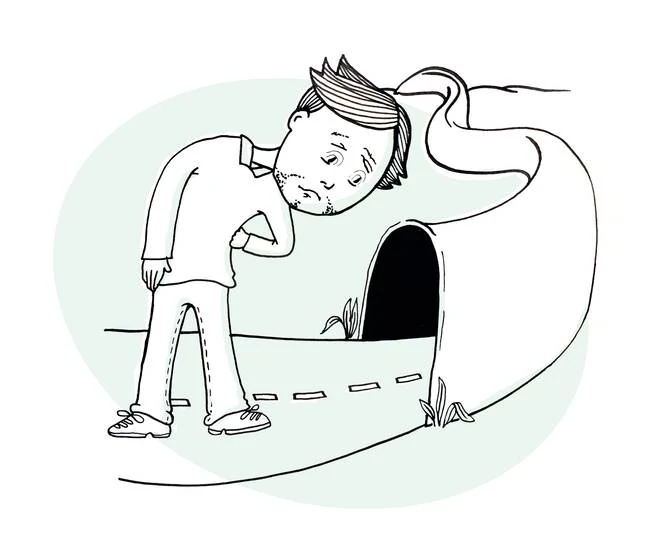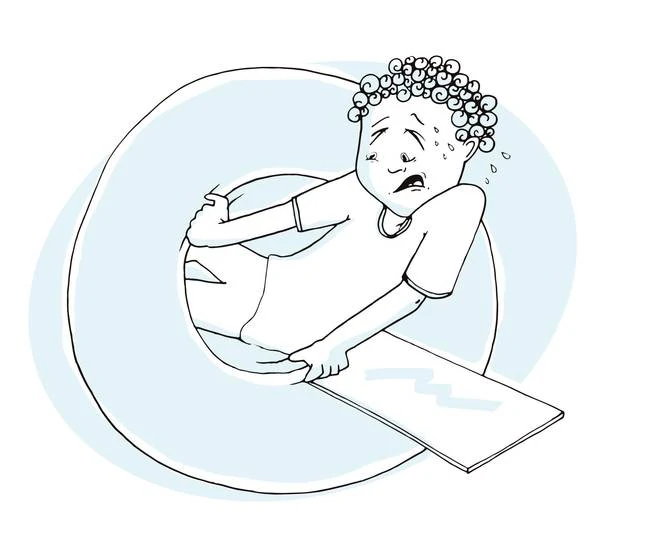The hidden pain
Identify the true causes.
WIDESPREAD BACK PAIN / UNEXPLAINED COMPLAINTS -> MRT IN PAIN POSTURE

The hidden pain
Many patients suffer from pain, but the cause simply cannot be found. Especially in the areas of the head & back, joints & spine, a diagnosis may be difficult. For those affected, this is an unbearable condition. Not only do they have to live with the symptoms every day, they also lose a large part of their quality of life. In the worst case, it can even lead to an inability to work and thus jeopardise their livelihood.
Where most examination methods give little or no information about the causes, the Upright MRI can provide clarity.
No “tunnel vision”:
The sitting MRI sees more
Hidden causes of pain finally become visible. Why? Because the upright MRI, also called sitting MRI, enables examinations under natural weight load and thus provides new starting points for diagnosis and later therapy. Because patients often only complain about pain symptoms when sitting, standing or walking, which usually cannot be detected in a tunnel MRI system when lying down.
Thanks to its open design, the upright MRI is the only system that allows magnetic resonance imaging examinations in which weight-bearing joints such as the knee, hip or ankle joints, but also the head, back and especially the spine can be examined in various postures.
Rotation, tilt and hyperextension add value to the diagnosis in this particular MRI.


Claustrophobia:
When confinement causes fear
Does the very thought of an MRI examination give you anxiety? You are not alone in this. Having to lie down in a narrow tube triggers “claustrophobia” in many patients who are to be examined in an MRI.
Those affected then often suffer from malaise, sweating, palpitations or even panic attacks. The fear is related to the fact that up to now you have been lying in a narrow, tunnel-shaped magnet for the MRI examination – and that for over 30 minutes. For people with claustrophobia, this is an almost endless time full of psychological and physical stress.
